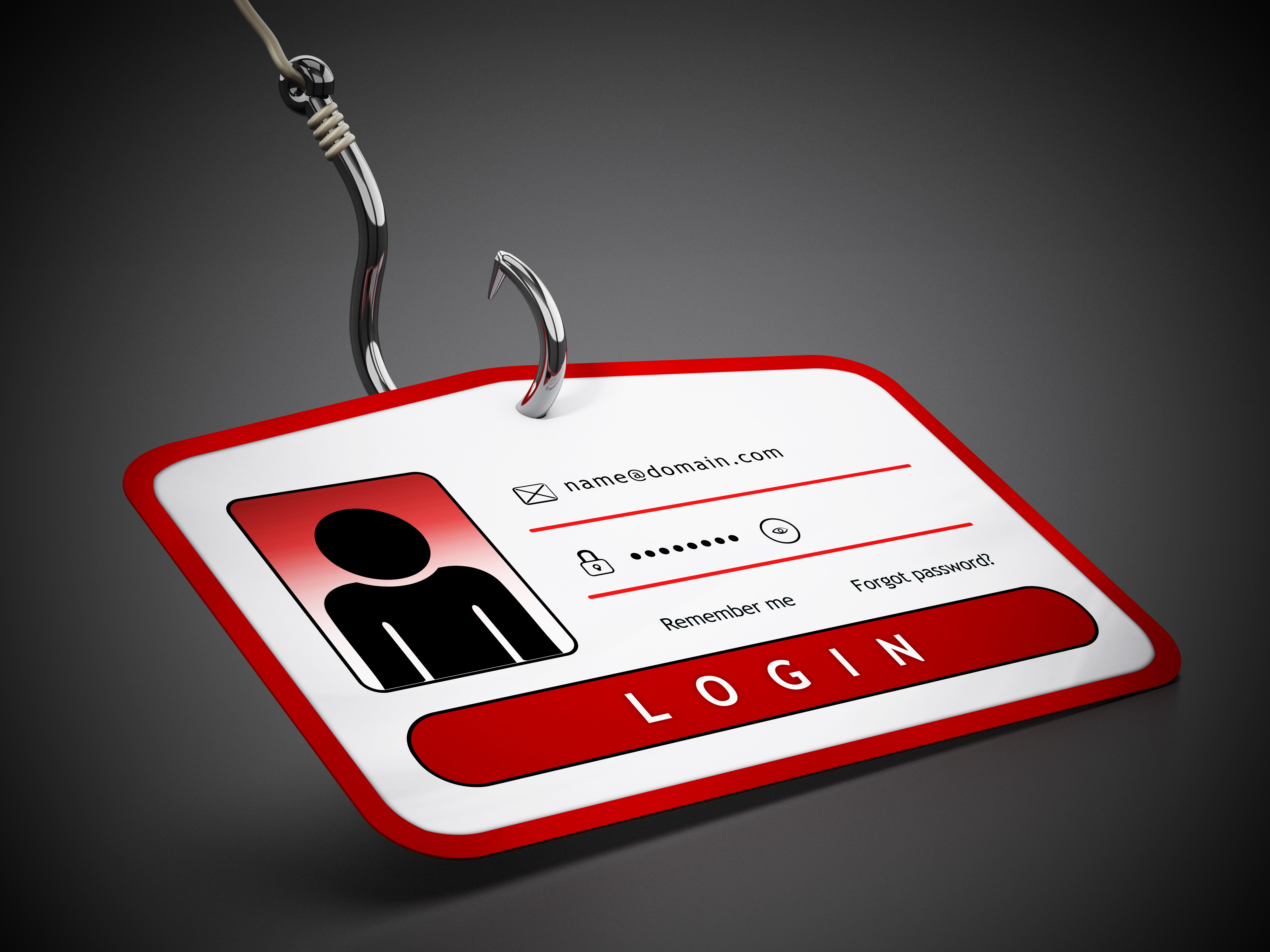Nearly a third of businesses to use biometrics by 2016
Gartner forecasts rise in use of face, eye and voice recognition to combat mobile security threats.


Nearly a third of organisations (30 per cent) will use biometric authentication for mobile devices by 2016, according to Gartner.
A report by the analyst firm claims the less secure authentication methods used in mobile devices, especially personal devices, pose a security risk to businesses. Despite this, currently biometrics are only used in five per cent of devices.
The analysts said mobile devices now had access to the same applications and data as PCs and laptops but did not have the same level of security. It added the increased number of devices has exacerbated the exposure of critical information, and implementing standard power-on password policies is made much more complex by the acceptance of BYOD practices, with the inevitable clash over user rights and privacy.
It also said the entering of complex passwords on mobile devices was especially problematic for mobile users. "If these devices hold corporate data or provide access to corporate systems such as email without further login, even a default four-digit password is inappropriate," the analyst firm said.
"An eight-digit numeric password will require hours to recover, and that will discourage casual hackers with toolkits," said John Girard, vice president and distinguished analyst at Gartner. "However, even a six-character lower case alphanumeric password can provide billions of values. For most practical purposes, hackers are not prepared to pursue this large a set of combinations due to the relatively slow speeds involved in brute force attacks against smartphones and tablets."
The analysts recommended that a password policy requiring use of at least six alphanumeric characters, and prohibiting dictionary words, is enforced on devices with access to corporate information via mobile device management (MDM) tools.
It warned that while some organisations attempt to counter the risks from a lost or stolen device by implementing controls that wipe a device after a limited number of incorrect password entries, or by remote command. "This practice does not wholly mitigate the risk because solid-state memory is nearly impossible to overwrite," said Girard.
Get the ITPro daily newsletter
Sign up today and you will receive a free copy of our Future Focus 2025 report - the leading guidance on AI, cybersecurity and other IT challenges as per 700+ senior executives
"The best practice is to use encryption that is not tied to the primary power-on authentication, meaning the key cannot be recovered from the device after a soft wipe operation has been performed."
It said organisations should evaluate biometric authentication methods where higher-assurance authentication is required. Suitable authentication modes include interface interactivity, voice recognition, face topography and iris structure. These modes can be used in conjunction with passwords to provide higher-assurance authentication without requiring any significant change in user behaviour.
"Mobile users staunchly resist authentication methods that were tolerable on PCs and are still needed to bolster secure access on mobile devices," said Ant Allan, research vice president at Gartner. "Security leaders must manage users' expectations and take into account the user experience without compromising security."
Rene Millman is a freelance writer and broadcaster who covers cybersecurity, AI, IoT, and the cloud. He also works as a contributing analyst at GigaOm and has previously worked as an analyst for Gartner covering the infrastructure market. He has made numerous television appearances to give his views and expertise on technology trends and companies that affect and shape our lives. You can follow Rene Millman on Twitter.
-
 Cleo attack victim list grows as Hertz confirms customer data stolen
Cleo attack victim list grows as Hertz confirms customer data stolenNews Hertz has confirmed it suffered a data breach as a result of the Cleo zero-day vulnerability in late 2024, with the car rental giant warning that customer data was stolen.
By Ross Kelly
-
 Lateral moves in tech: Why leaders should support employee mobility
Lateral moves in tech: Why leaders should support employee mobilityIn-depth Encouraging staff to switch roles can have long-term benefits for skills in the tech sector
By Keri Allan
-
 Capita tells pension provider to 'assume' nearly 500,000 customers' data stolen
Capita tells pension provider to 'assume' nearly 500,000 customers' data stolenCapita told the pension provider to “work on the assumption” that data had been stolen
By Ross Kelly
-
 Gumtree site code made personal data of users and sellers publicly accessible
Gumtree site code made personal data of users and sellers publicly accessibleNews Anyone could scan the website's HTML code to reveal personal information belonging to users of the popular second-hand classified adverts website
By Connor Jones
-
 Pizza chain exposed 100,000 employees' Social Security numbers
Pizza chain exposed 100,000 employees' Social Security numbersNews Former and current staff at California Pizza Kitchen potentially burned by hackers
By Danny Bradbury
-
 83% of critical infrastructure companies have experienced breaches in the last three years
83% of critical infrastructure companies have experienced breaches in the last three yearsNews Survey finds security practices are weak if not non-existent in critical firms
By Rene Millman
-
 Identity Automation launches credential breach monitoring service
Identity Automation launches credential breach monitoring serviceNews New monitoring solution adds to the firm’s flagship RapidIdentity platform
By Praharsha Anand
-
 Neiman Marcus data breach hits 4.6 million customers
Neiman Marcus data breach hits 4.6 million customersNews The breach took place last year, but details have only now come to light
By Rene Millman
-
 Indiana notifies 750,000 after COVID-19 tracing data accessed
Indiana notifies 750,000 after COVID-19 tracing data accessedNews The state is following up to ensure no information was transferred to bad actors
By Rene Millman
-
 Pearson fined $1 million for downplaying severity of 2018 breach
Pearson fined $1 million for downplaying severity of 2018 breachNews The SEC found the London-based firm made “misleading statements and omissions” about the intrusion
By Rene Millman